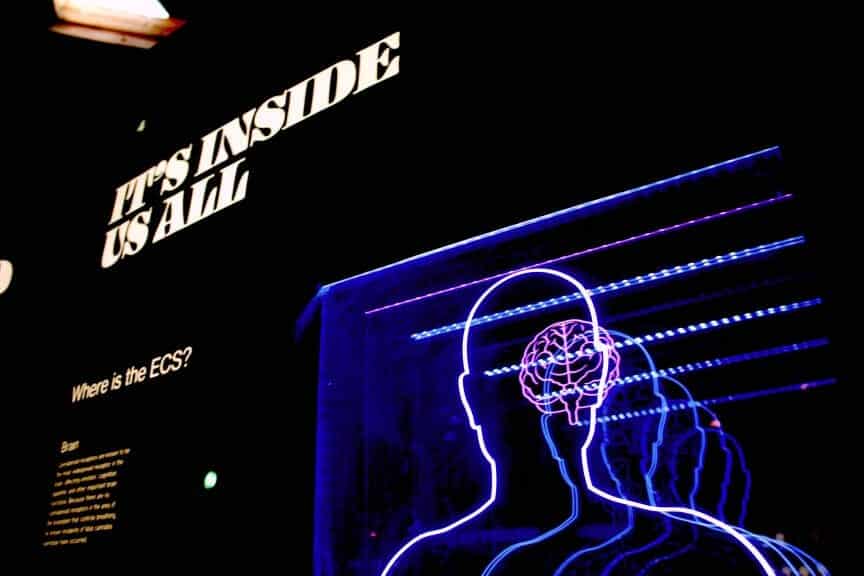In a groundbreaking study, scientists from the University of Utah Health have shed light on the role of microglia, a minor cell type in the brain, in controlling anxiety-related behaviors in laboratory mice.
While neurons have traditionally been thought to control behavior, the researchers discovered that specific populations of microglia can either activate or dampen anxiety and obsessive-compulsive spectrum disorder (OCSD) behaviors. Furthermore, they found that microglia communicate with neurons to elicit these behaviors. The findings, published in Molecular Psychiatry, have the potential to pave the way for targeted therapies in the future.
The research suggests that a certain level of anxiety is beneficial, as it motivates and pushes individuals. However, excessive anxiety can be overwhelming, resulting in mental paralysis, increased heart rate, sweating, and confusion. Understanding the mechanisms that regulate anxiety-related behaviors within a healthy range can be vital. On the other hand, under pathological conditions, these mechanisms may contribute to debilitating behaviors.
The study focused on mice exhibiting OCSD-like behaviors characterized by excessive self-grooming. Previous research had identified a gene mutation called Hoxb8 that caused chronic anxiety and excessive grooming in mice. Surprisingly, the source of these behaviors was found to be microglia, a type of immune cell in the brain, which had previously been considered responsible for clearing dying neurons and abnormal proteins. It was also discovered that Hoxb8 microglia play a crucial role in behavior regulation by communicating with specific neuronal circuits.
To delve deeper into the workings of microglia, the researchers used optogenetics, a technique that combines genetic engineering and laser light. By stimulating specific populations of microglia with the laser, they could induce anxiety-related behaviors in the mice. The activation of Hoxb8 microglia in different regions of the brain led to increased anxiety or self-grooming, while targeting another location resulted in anxiety, grooming, and freezing (a sign of fear). Interestingly, when the laser stimulation ceased, the behaviors also stopped.
This discovery challenges the conventional belief that behaviors are solely generated by neurons. The researchers found that microglia can contribute to behavior generation, and they interact with neurons to produce distinct behaviors. Moreover, they identified a population of microglia that does not express Hoxb8, which acts as a brake, balancing the behaviors induced by Hoxb8 microglia. When the signals are imbalanced, it can lead to a disease state.
The study highlights the importance of the location and type of microglia in fine-tuning anxiety and OCSD behaviors. The microglia communicate with specific neurons and neural circuits, ultimately influencing behavior. Understanding the intricate communication between microglia and neurons could pave the way for therapeutic interventions in excessive anxiety. By defining these interactions in mice, researchers hope to identify therapeutic targets for managing anxiety disorders in humans.














